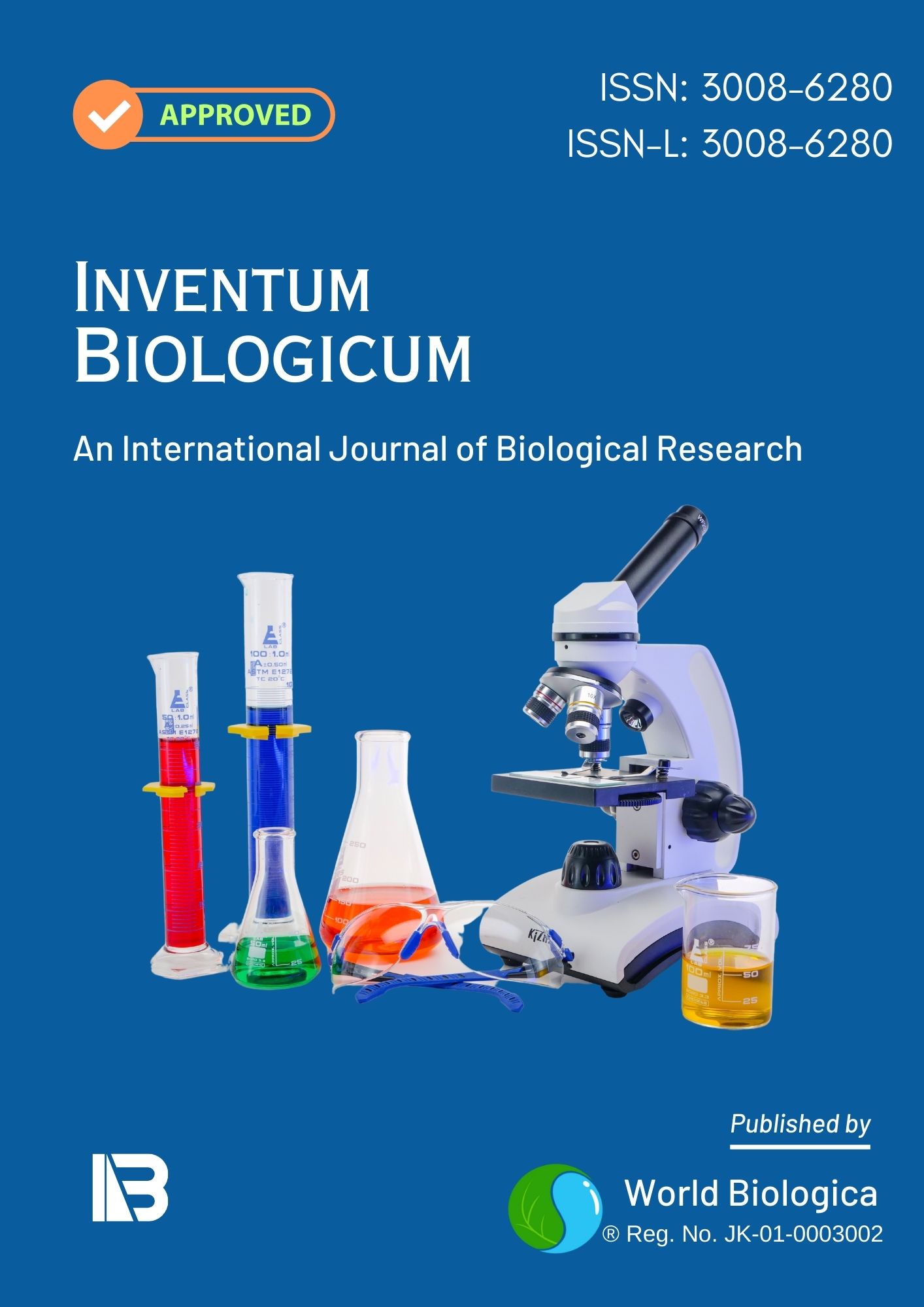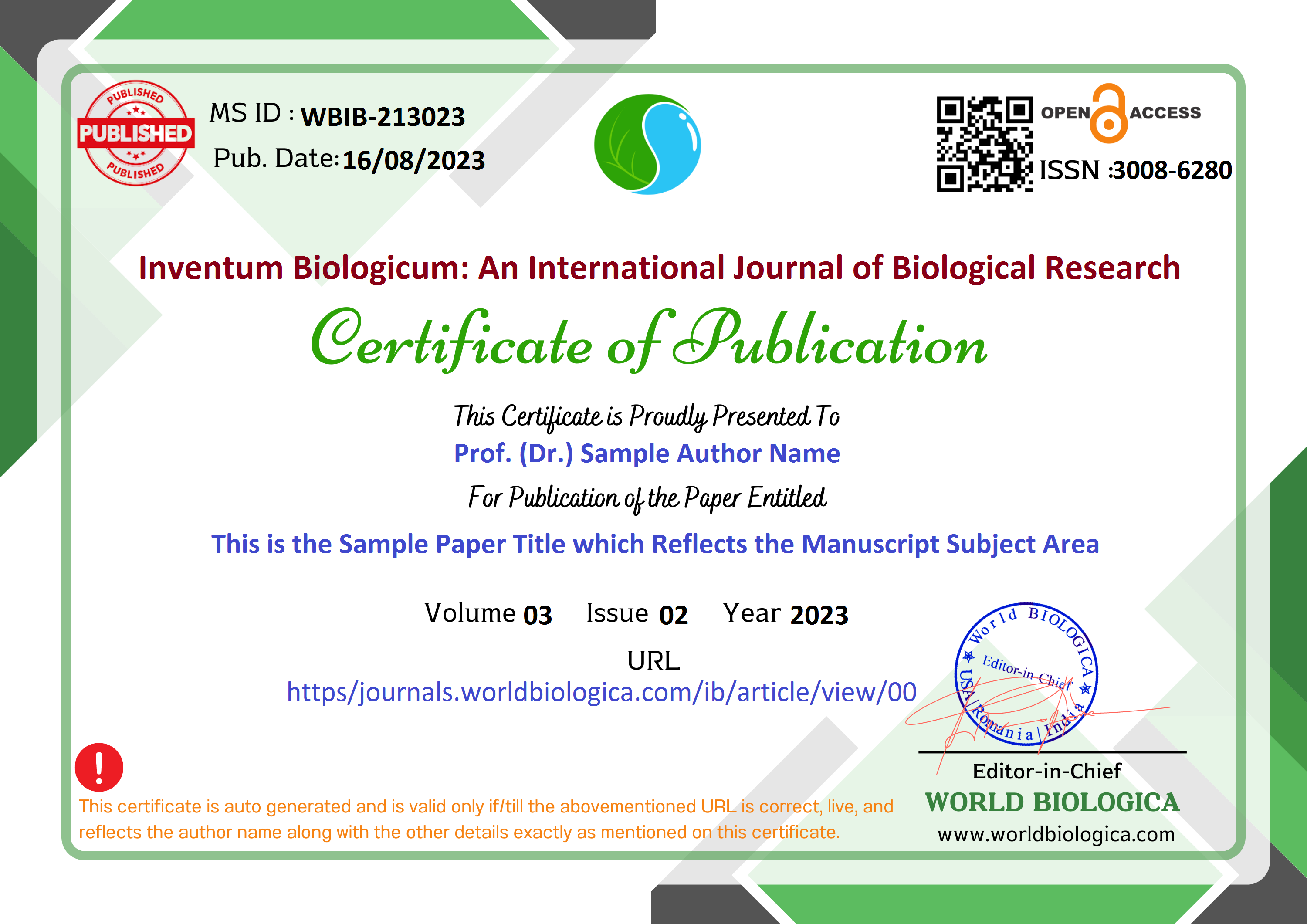Nail Biting among Children
Paediatric Onychophagia
Keywords:
Nail biting, Aetiology, Behavioural therapy, Comorbidities, Behavioural disorderAbstract
In psychiatry, psychology, medicine, and dentistry, nail biting (NB) is a frequent yet unsolvable condition. While it may appear that NB is a simple behaviour that can be easily stopped, most children having NB have previously tried and failed. Others, such as siblings and parents, are frustrated as a result of the failed endeavour. The purpose of this review is to give an overview of NB prevalence, consequences, counselling services, and management. Overall, the examined existing literature reveal that psychiatric disorders and other stereotypic behaviours are present in more than 80% of clinical samples of children with NB, and maximum of the parents had psychiatric illnesses, primarily sadness. However, treating NB is not as straightforward as it may look. The management of NB is significantly more complicated than focusing just on its abolition. It's impossible to predict nail-biting without considering its co-morbidities, triggers, and consequences. Children with NB, their family members, siblings, and instructors, according to the reviewed study, should be educated what to do and what not to do about the illness. Sentencing does not work. Furthermore, evidence-based behavioral and pharmacologic therapy procedures must be made available through clinical randomized controlled trials. Nail-biting and lip biting habits develop as a consequence of stress management among children. Such habits help cope with emotional and physical stresses. As a result, this study is critical in raising awareness about such oral habits and the necessary interventions to effectively stop them. This provides a holistic approach to endodontic care and helps prevent future debilitating problems to the oral cavity and the associated structures.
Downloads
References
Abarca-Gómez, L., Abdeen, Z. A., Hamid, Z. A., Abu-Rmeileh, N. M., Acosta-Cazares, B., Acuin, C., ... & Cho, Y. (2017). Worldwide trends in body-mass index, underweight, overweight, and obesity from 1975 to 2016: a pooled analysis of 2416 population-based measurement studies in 128• 9 million children, adolescents, and adults. The lancet, 390(10113), 2627-2642.
Amin B. U. (2022). JOJ Nurse Health Care Art of Parenting. JOJ Nurse Health Care, 12(2). https://doi.org/10.19080/JOJNHC.2021.12.555835
Amin, U. (2017a). All about Breastfeeding for Mothers. Nursing & Healthcare International Journal, 1(3). https://doi.org/10.23880/NHIJ-16000117
Amin, U. (2017b). Post-Traumatic Stress Disorder in Children of Kashmir and Role of Nurse. Journal of Nursing & Care, 06(02). https://doi.org/10.4172/2167-1168.1000385
Amin, U. (2017c). Post Traumatic Stress Disorder (PTSD) in children of Kashmir and role of nurse. Indian Journal of Psychiatric Nursing, 14(1), 37. https://doi.org/10.4103/2231-1505.262422
Amin, U. (2022). Management of Adverse Events Following Immunization. International Journal of Neonatal Care and Pediatric Nursing, 3(1), 11–16. https://doi.org/10.46610/IJNCPN.2022.V03I01.003
Amin, U., Rasool, I., Jan, R., Yousuf, R., Mabool, S., & Qadir, H. (2022). Assess the level of stress and coping level among married working women in Kashmir. IP Journal of Paediatrics and Nursing Science, 5(1), 22–28. https://doi.org/10.18231/J.IJPNS.2022.005
Amin, U., Rasool, I., & Maqbool, S. (2022). Covid-19 Pandemic and Nursing Challenges. Journal of Nursing Science Practice, Research and Advancements, 4(1), 37–39. https://doi.org/10.46610/JNSPRA.2022.V04I01.006
Amin U, Yousuf, R., Rasool S, & Rasool I. (2022). Nursing & Healthcare International Journal Committed to Create Value for Researchers Vital Parameters in Children. https://doi.org/10.23880/nhij-16000259
August, G. P., Caprio, S., Fennoy, I., Freemark, M., Kaufman, F. R., Lustig, R. H., Silverstein, J. H., Speiser, P. W., Styne, D. M., & Montori, V. M. (2008). Prevention and treatment of pediatric obesity: an endocrine society clinical practice guideline based on expert opinion. The Journal of Clinical Endocrinology and Metabolism, 93(12), 4576–4599. https://doi.org/10.1210/JC.2007-2458
Baghchechi, M., Pelletier, J. L., & Jacob, S. E. (2021). Art of Prevention: The importance of tackling the nail biting habit. International Journal of Women’s Dermatology, 7(3), 309–313. https://doi.org/10.1016/J.IJWD.2020.09.008
Bates, C. R., Buscemi, J., Nicholson, L. M., Cory, M., Jagpal, A., & Bohnert, A. M. (2018). Links between the organization of the family home environment and child obesity: a systematic review. Obesity Reviews, 19(5), 716–727. https://doi.org/10.1111/OBR.12662
Baydaş, B., Uslu, H., Yavuz, I., Ceylan, I., & Daǧsuyu, I. M. (2007). Effect of a chronic nail-biting habit on the oral carriage of Enterobacteriaceae. Oral Microbiology and Immunology, 22(1), 1–4. https://doi.org/10.1111/J.1399-302X.2007.00291.X
Bs, M. B., Pelletier, J. L., & Jacob, S. E. (2021a). The art of prevention: The importance of tackling the nail biting habit. https://doi.org/10.1016/j.ijwd.2020.09.008
Bs, M. B., Pelletier, J. L., & Jacob, S. E. (2021b). The art of prevention: The importance of tackling the nail biting habit. International Journal of Women’s Dermatology, 7, 309–313. https://doi.org/10.1016/j.ijwd.2020.09.008
Dufrene, B. A., Steuart Watson, T., & Kazmerski, J. S. (2008). Functional Analysis and Treatment of Nail Biting. Undefined, 32(6), 913–927. https://doi.org/10.1177/0145445508319484
Garver, W. S., Newman, S. B., Gonzales-Pacheco, D. M., Castillo, J. J., Jelinek, D., Heidenreich, R. A., & Orlando, R. A. (2013). The genetics of childhood obesity and interaction with dietary macronutrients. Genes & Nutrition, 8(3), 271. https://doi.org/10.1007/S12263-013-0339-5
Ghanizadeh, A. (2008). Association of nail biting and psychiatric disorders in children and their parents in a psychiatrically referred sample of children. https://doi.org/10.1186/1753-2000-2
Ghanizadeh, A. (2011). Nail biting; etiology, consequences and management. Iranian journal of medical sciences, 36(2), 73.
Kansra, A. R., Lakkunarajah, S., & Jay, M. S. (2021). Childhood and Adolescent Obesity: A Review. Frontiers in Pediatrics, 8. https://doi.org/10.3389/FPED.2020.581461
Ly, K. A., Milgrom, P., & Rothen, M. (2008). The potential of dental-protective chewing gum in oral health interventions. Undefined, 139(5), 553–563. https://doi.org/10.14219/JADA.ARCHIVE.2008.0215
Odenrick, L., & Brattström, V. (1985). Nailbiting: Frequency and Association with Root Resorption during Orthodontic Treatment. Undefined, 12(2), 78–81. https://doi.org/10.1179/BJO.12.2.78
Ricotti, R., Caputo, M., Monzani, A., Pigni, S., Antoniotti, V., Bellone, S., & Prodam, F. (2021). Breakfast skipping, weight, cardiometabolic risk, and nutrition quality in children and adolescents: A systematic review of randomized controlled and intervention longitudinal trials. Nutrients, 13(10). https://doi.org/10.3390/NU13103331
Sachan, A., & Chaturvedi, T. P. (2012). Onychophagia (Nail biting), anxiety, and malocclusion. Indian Journal of Dental Research, 23(5), 680–682. https://doi.org/10.4103/0970-9290.107399
Scaglioni, S., De Cosmi, V., Ciappolino, V., Parazzini, F., Brambilla, P., & Agostoni, C. (2018). Factors influencing children’s eating behaviours. Nutrients, 10(6). https://doi.org/10.3390/NU10060706
Shahraki, N., Yassaei, S., & Moghadam, M. G. (2012). Abnormal oral habits: A review. Journal of Dentistry and Oral Hygiene, 4(2), 12–15. https://doi.org/10.5897/JDOH12.001
Silva, L. C. da, Vedovello, S. A. S., Vedovello Filho, M., Meneghin, M. de C., Ambrosano Bovi, G. M., & Degan, V. V. (2019). Anxiety and oral habits as factors associated with malocclusion. 39(3), 249–253. https://doi.org/10.1080/08869634.2019.1633492
Teng, E. J., Woods, D. W., Twohig, M. P., & Marcks, B. A. (2002). Body-Focused Repetitive Behavior Problems Prevalence in a Nonreferred Population and Differences in Perceived Somatic Activity.
Williams, T. I., Rose, R., & Chisholm, S. (2007). What is the function of nail biting: an analog assessment study. Undefined, 45(5), 989–995. https://doi.org/10.1016/J.BRAT.2006.07.013
Yassaei, S., & Aghihi, H. (2007). Deleterious Oral habits. Journal of Inflammatory Diseases, 10(4), 86–94.
Downloads
-
Download PDF
 Abstract Views: 729,
Abstract Views: 729,  Download PDF: 210
Download PDF: 210
Published
How to Cite
Issue
Section
License
Copyright (c) 2023 Inventum Biologicum: An International Journal of Biological Research

This work is licensed under a Creative Commons Attribution-NonCommercial-NoDerivatives 4.0 International License.

















